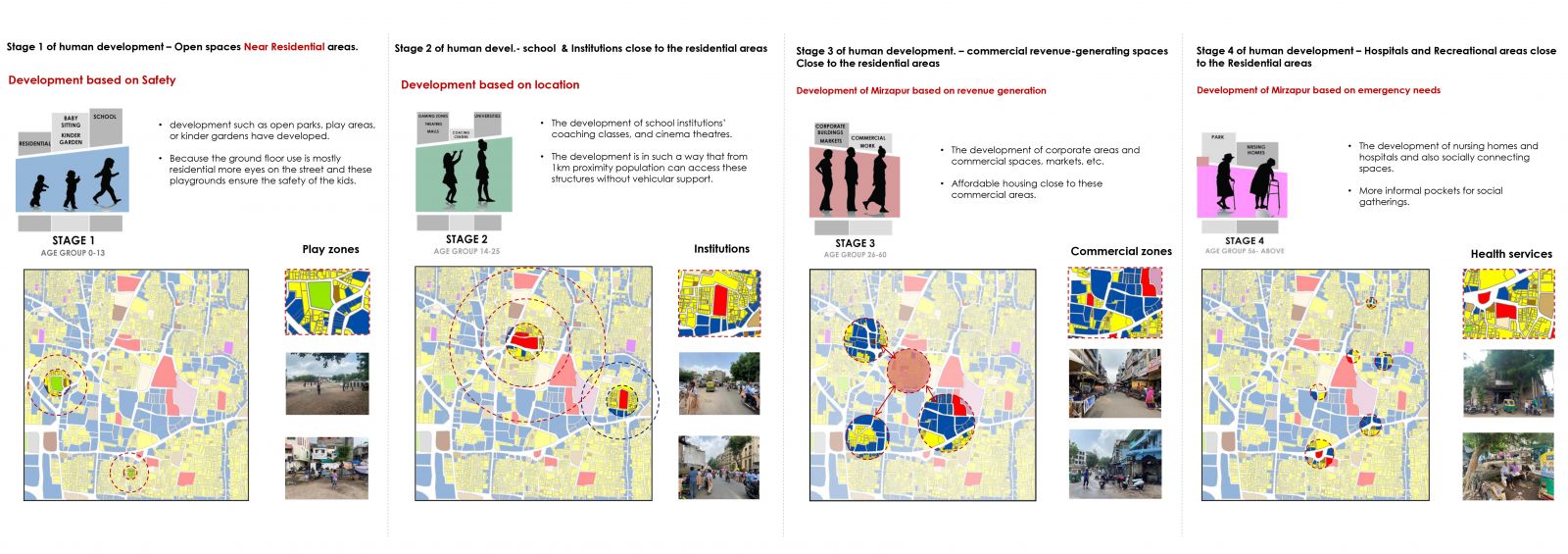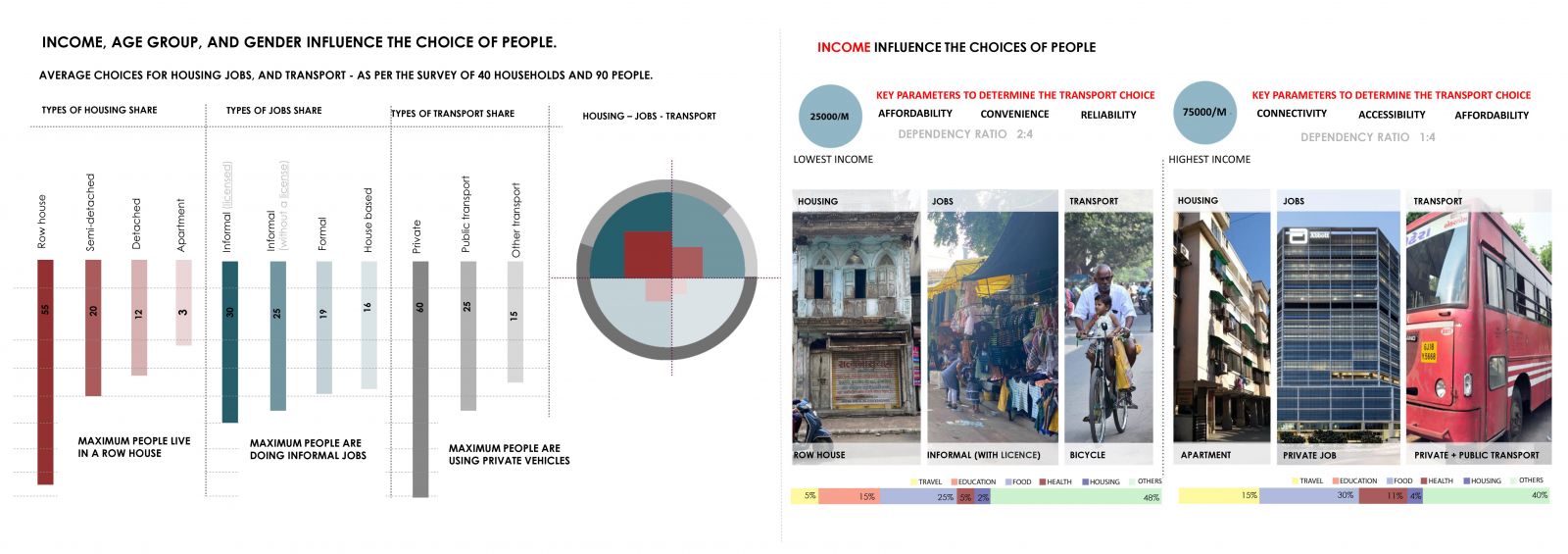- Student HAKE SMITA ANIL SUVARNA
- Code PUI22346
- Faculty Planning
- Tutor/s Rutul Joshi,Umesh Shurpali,Anil kumar Roy,Ravi Sannabhadti,Nitika Bhakuni,Narendra Mangwani,Arjun Joshi,Tarun Patel,Rushil Palavajjhala ,Giby Abraham
- TA Sreedevi Kurur,Priyanka Baghel,Chinmay Gheware,Richa Bihari,Ratik Verma,Kirti chandra Devaguptapu,Rohini Chatterjee,Annesha Dasgupta,Arkadipta Banerjee,Garima Munjal
The most extraordinary and satisfying spaces in cities and towns throughout the world have often been created, not by city planners or urban designers/architects, but by users, who use the space. Jan Gehl said In his book, Life Between Building, that the opportunity to see, hear, and meet others is one of the most essential attractions on pedestrian streets. This means that pedestrian streets which are very narrow streets create opportunities for people to wait and spend some time together or do some social activities. This increases its publicness which means the narrower streets are most public in nature than the wider streets. Publicness is defined by the number of people using it at different times. As the street width increases, the publicness of the area decreases, creating a chance for social interaction on pedestrian routes. Mirzapur is located in eastern Ahmedabad where There are hardly any open areas where people can gather and socialize. Narrow lanes in residential areas, however, increasingly serve as public spaces and are essential to the lives of those who live there. Because of Mirzapur's historical significance and the disturbed property act's restrictions on development, there are a lot of unoccupied homes and abandoned buildings around the city, and the residences in its outer neighbourhoods have been turned into businesses.
All of the aforementioned factors have been explored and collated in this portfolio. Different urban parameters that affect how a place changes have also been examined utilizing first-hand on-site surveys and research of the region.









